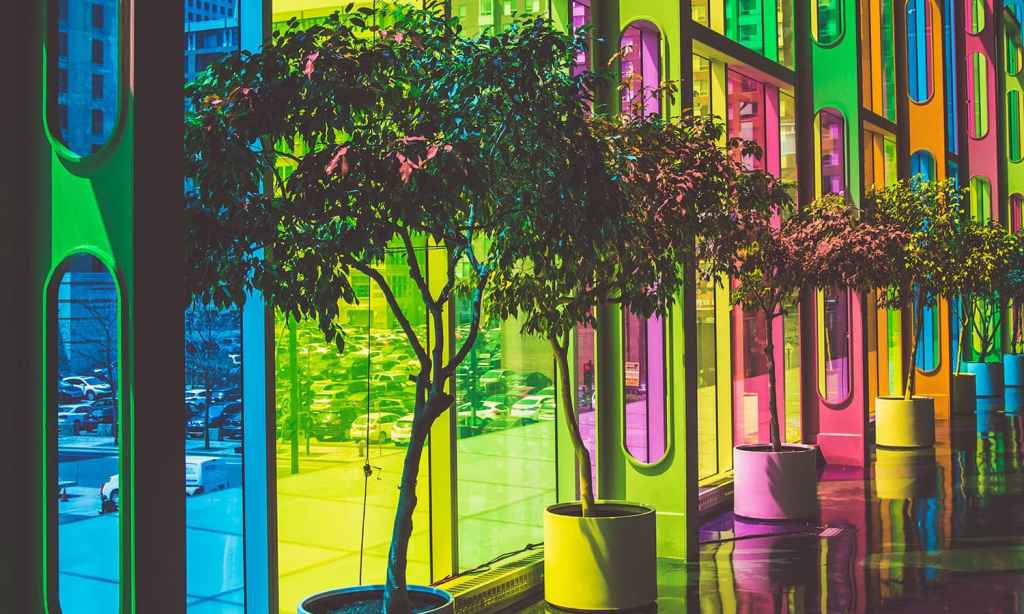Green energy is on the rise, with many businesses and homeowners making the switch to solar.
Now, thanks to engineering student Carvey Ehren Maigue, they can take one step further – with a solar panel made entirely from plant waste.
Maigue, who studied at Mapua University in Manila, Philippines, has been named the first-ever James Dyson Awards global sustainability winner for his AuReus system, a solar panel system where waste crops are turned into cladding that can generate clean energy from ultraviolet light.
Taking its name from the aurora borealis and inspired by the physics behind the northern lights, AuReus is turning heads.
Traditional solar panels work in clear conditions and need to be directly facing the sun, as they rely on visible light. Maigue’s AuReus system uses a translucent material that is able to harvest power from invisible UV rays that pass through the clouds and bounce off surrounding structures and pavement when adhered to a sun-facing window (meaning your showers will still be warm mid-winter!).
Given this, AuReus is able to produce energy almost 50% of the time – according to preliminary testing – compared to the 15-22% average in traditional solar panel systems.
The AuReus panels work by using fluorescent particles extracted from waste crops through the process of crushing, juice extracting and filtration.
These processes are used to absorb high energy particles in ultraviolet and gamma rays, which are then applied to a moldable resin. The resin is then able to be installed as cladding or between two panes of double-glazed glass, which form the structure of a solar panel.
The panels then degrade the energy particles and reemit them as light, which is converted into electricity through photovoltaic (PV) cells and can either be stored or used straight away.
Phew. It’s a lot to wrap your head around, we know. But it’s worth it.
Maigue hopes to take his AuReus technology and turn it into threads that can be worked into fabrics and curved plates that could be applied to vehicles and other modes of transport in the future.
I don’t know about you, but I’m starting to feel as though the future of our planet may just have some light.







